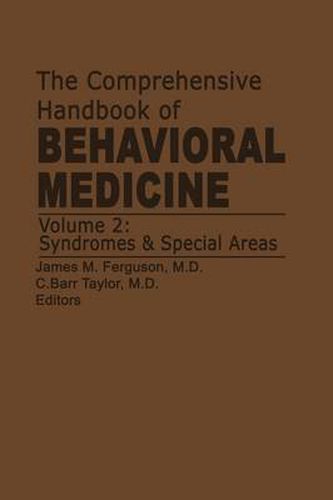Readings Newsletter
Become a Readings Member to make your shopping experience even easier.
Sign in or sign up for free!
You’re not far away from qualifying for FREE standard shipping within Australia
You’ve qualified for FREE standard shipping within Australia
The cart is loading…






This title is printed to order. This book may have been self-published. If so, we cannot guarantee the quality of the content. In the main most books will have gone through the editing process however some may not. We therefore suggest that you be aware of this before ordering this book. If in doubt check either the author or publisher’s details as we are unable to accept any returns unless they are faulty. Please contact us if you have any questions.
Many of the greatest strides in medical care have neither been glamorous nor made the front page of The New York Times. They have been simple measures such as sanitation, immunization, and provision of clean, whole some food. And even more glamorous medical breakthroughs and tech niques like heart transplants are often last-ditch responses to largely preventable medical problems that required a lifetime to develop. Chang ing those life styles which may cause, worsen, or exacerbate disease and uti lizing current medical knowledge may be the most important strides medicine will make in the next few decades. To meet this challenge, tech niques have already been developed to change eating and nutritional pat terns that may lead to obesity and heart disease. In addition, interventions are being developed for a wide variety of medical problems. Many of these techniques are based on behavioral principles. Several years ago, one of the editors of this book gave a behavioral medi cine seminar for psychiatry residents concerning behavioral principles and their application to medicine. As the seminar developed, it became evident that many of the important articles on the subject were scattered through out a wide body of literature, which encompassed a variety of disciplines and journals. No single source was available to provide the state of the art of this emerging field. This book was spawned, in part, as an attempt to overcome this deficit.
$9.00 standard shipping within Australia
FREE standard shipping within Australia for orders over $100.00
Express & International shipping calculated at checkout
This title is printed to order. This book may have been self-published. If so, we cannot guarantee the quality of the content. In the main most books will have gone through the editing process however some may not. We therefore suggest that you be aware of this before ordering this book. If in doubt check either the author or publisher’s details as we are unable to accept any returns unless they are faulty. Please contact us if you have any questions.
Many of the greatest strides in medical care have neither been glamorous nor made the front page of The New York Times. They have been simple measures such as sanitation, immunization, and provision of clean, whole some food. And even more glamorous medical breakthroughs and tech niques like heart transplants are often last-ditch responses to largely preventable medical problems that required a lifetime to develop. Chang ing those life styles which may cause, worsen, or exacerbate disease and uti lizing current medical knowledge may be the most important strides medicine will make in the next few decades. To meet this challenge, tech niques have already been developed to change eating and nutritional pat terns that may lead to obesity and heart disease. In addition, interventions are being developed for a wide variety of medical problems. Many of these techniques are based on behavioral principles. Several years ago, one of the editors of this book gave a behavioral medi cine seminar for psychiatry residents concerning behavioral principles and their application to medicine. As the seminar developed, it became evident that many of the important articles on the subject were scattered through out a wide body of literature, which encompassed a variety of disciplines and journals. No single source was available to provide the state of the art of this emerging field. This book was spawned, in part, as an attempt to overcome this deficit.